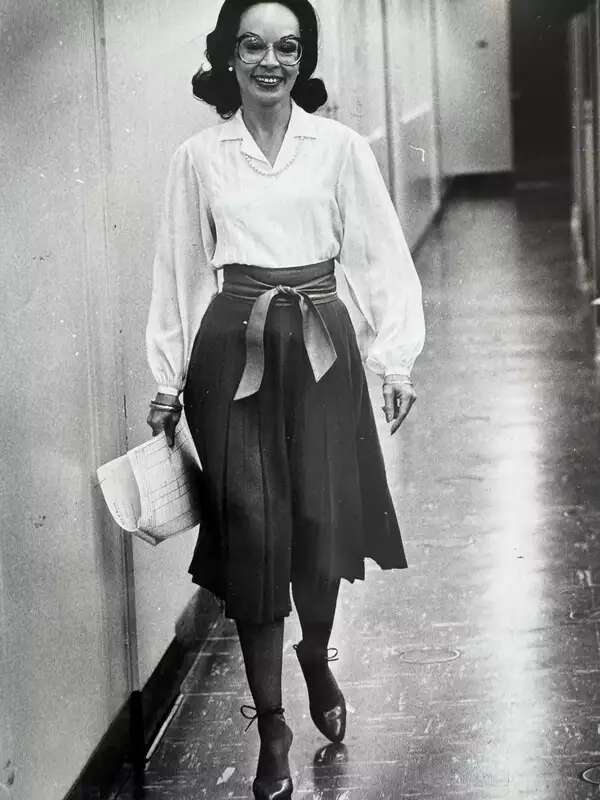
As an economics professor, Homa Zarghamee is interested in how various aspects of human behavior and conditions interact with her field of study. Her research explores how mood, preference, self-interest, and socioeconomic background all intersect with one’s economic identity. In 2020, she extended these considerations to the pandemic, publishing a paper on how recent events have increased college students’ distrust of institutions. In her class The Economics of Gender, Zarghamee focuses on women as a framework for understanding economic trends.
Zarghamee describes her course as “an introduction to economics for nonmajors” that examines women’s heavily debated balancing of expectations in the workplace and the home. Students discuss the gender bias that Zarghamee said has influenced many theories on economics and gender. The course tracks how the introduction of oral contraceptives in the 1960s disrupted the idea that having a career and a family were mutually exclusive for women, allowing many to more freely explore roles beyond that of primary caregiver. With women now composing nearly half of the workforce, as compared to less than a third of it only a few generations ago, Zarghamee’s class attempts to answer the question “How did this tremendous progress take place?”
That progress, however, has not been linear. Acknowledging the different economic experiences of white women and Black women in America, the class also considers how “the mass incarceration of Black men has had an enormous impact on Black women’s economic and family lives.”
The COVID-19 pandemic has similarly “set women’s progress back on many dimensions,” said Zarghamee. Although women’s workplace presence has grown over the years, many enduring familial power imbalances continue to manifest themselves in times of crisis. Zarghamee attributes the millions of women leaving the workforce during the pandemic to the “second shift” phenomenon, or the idea that even though “women started working and pursuing careers outside of the home, taking care of family and home was still often understood as their responsibility.” So when the pandemic began making unique demands of working professionals and their families, “it was more often women who made labor market concessions to take on the additional responsibilities,” said Zarghamee.
The Economics of Gender course serves as a resource to Barnard students as they graduate into a post-COVID economy. Preparing her students for some of the decisions they will encounter in their careers, Zarghamee’s intersectional approach to economics allows students to “recognize the plight of women around the world and position themselves and their careers to be of as much assistance as possible.”
To learn more about Zarghamee’s course The Economics of Gender, watch the video above.
—ISABELLA PECHATY ’23



